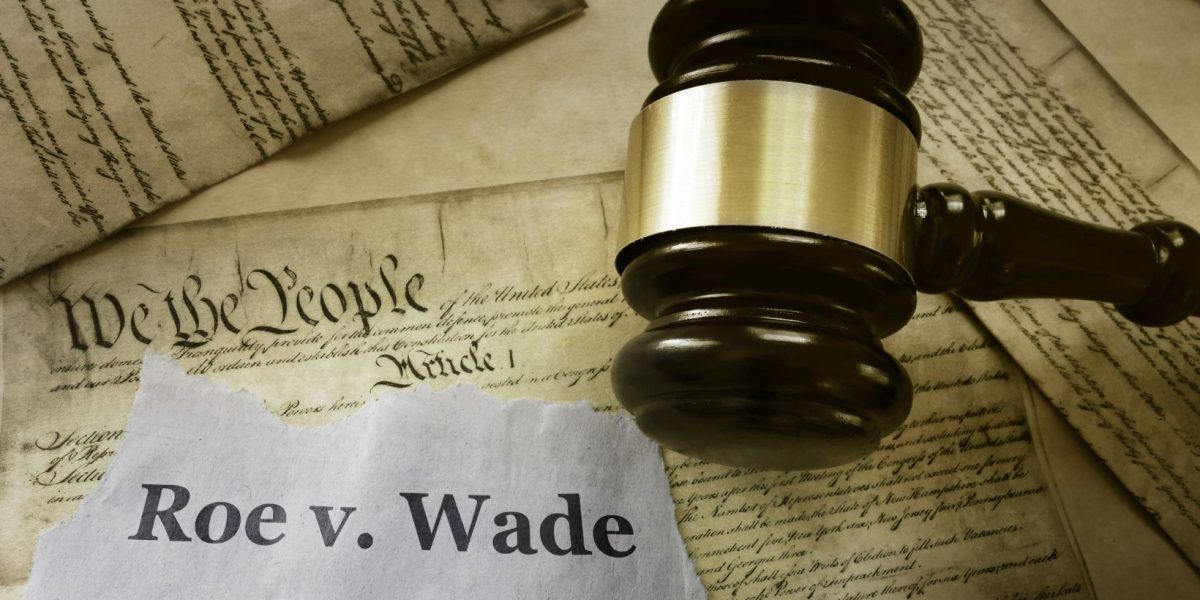The Landmark Decision That Shaped Reproductive Rights
On January 22nd, 1973, the United States witnessed a groundbreaking moment in its legal history—the Supreme Court’s decision in Roe v. Wade. This landmark ruling not only addressed a woman’s right to choose but also ignited a fierce and ongoing debate that continues to shape the nation’s discourse on reproductive rights.
The Background
Roe v. Wade centered around a woman named Norma McCorvey, who went by the pseudonym “Jane Roe” to protect her privacy. McCorvey, a pregnant woman in Texas, sought an abortion but faced legal barriers due to the state’s restrictive laws. At the time, Texas only allowed abortion if the mother’s life was at risk.
The Legal Journey
The case eventually made its way to the Supreme Court, where the justices deliberated on the constitutionality of Texas’ abortion laws. The court considered a woman’s right to privacy, which was not explicitly outlined in the Constitution but had been inferred in prior decisions. The landmark ruling, written by Justice Harry Blackmun, acknowledged a woman’s constitutional right to choose to have an abortion under the implied right to privacy.
The Decision
In a 7-2 decision, the Supreme Court ruled in favor of Roe, asserting that a woman has the right to make personal medical decisions, including the decision to terminate a pregnancy, without undue interference from the state during the first trimester. The decision also recognized the state’s interest in protecting the potential life of the fetus during the second and third trimesters, allowing for more regulations as the pregnancy progressed.
Impact on Reproductive Rights:
Roe v. Wade significantly impacted reproductive rights in the United States. The decision marked a pivotal moment in the fight for women’s autonomy over their bodies. The ruling not only legalized abortion but also set a precedent for the protection of a woman’s right to privacy in matters related to reproductive health.
However, Roe v. Wade did not end the debate. The decision sparked a protracted and divisive national conversation between those advocating for a woman’s right to choose and those advocating for the rights of the unborn. Subsequent legal battles, protests, and legislative efforts ensued, with some states imposing restrictions on abortion access while others sought to protect and expand reproductive rights.
Ongoing Challenges
Roe v. Wade has faced numerous challenges over the years. Anti-abortion activists and lawmakers have continuously sought to overturn or limit the decision, leading to multiple legal battles and attempts to pass restrictive state laws. The Supreme Court has revisited the issue in subsequent cases, and the composition of the court has played a crucial role in shaping the fate of reproductive rights.
Conclusion
As we reflect on the 51st anniversary of Roe v. Wade, it is essential to recognize the profound impact of this landmark decision on the landscape of reproductive rights in the United States. The ruling not only affirmed a woman’s right to choose but also ignited a complex and ongoing debate that continues to shape the nation’s legal, political, and social fabric. As the fight for reproductive rights endures, the legacy of Roe v. Wade remains a testament to the enduring struggle for individual autonomy and bodily integrity.51st



